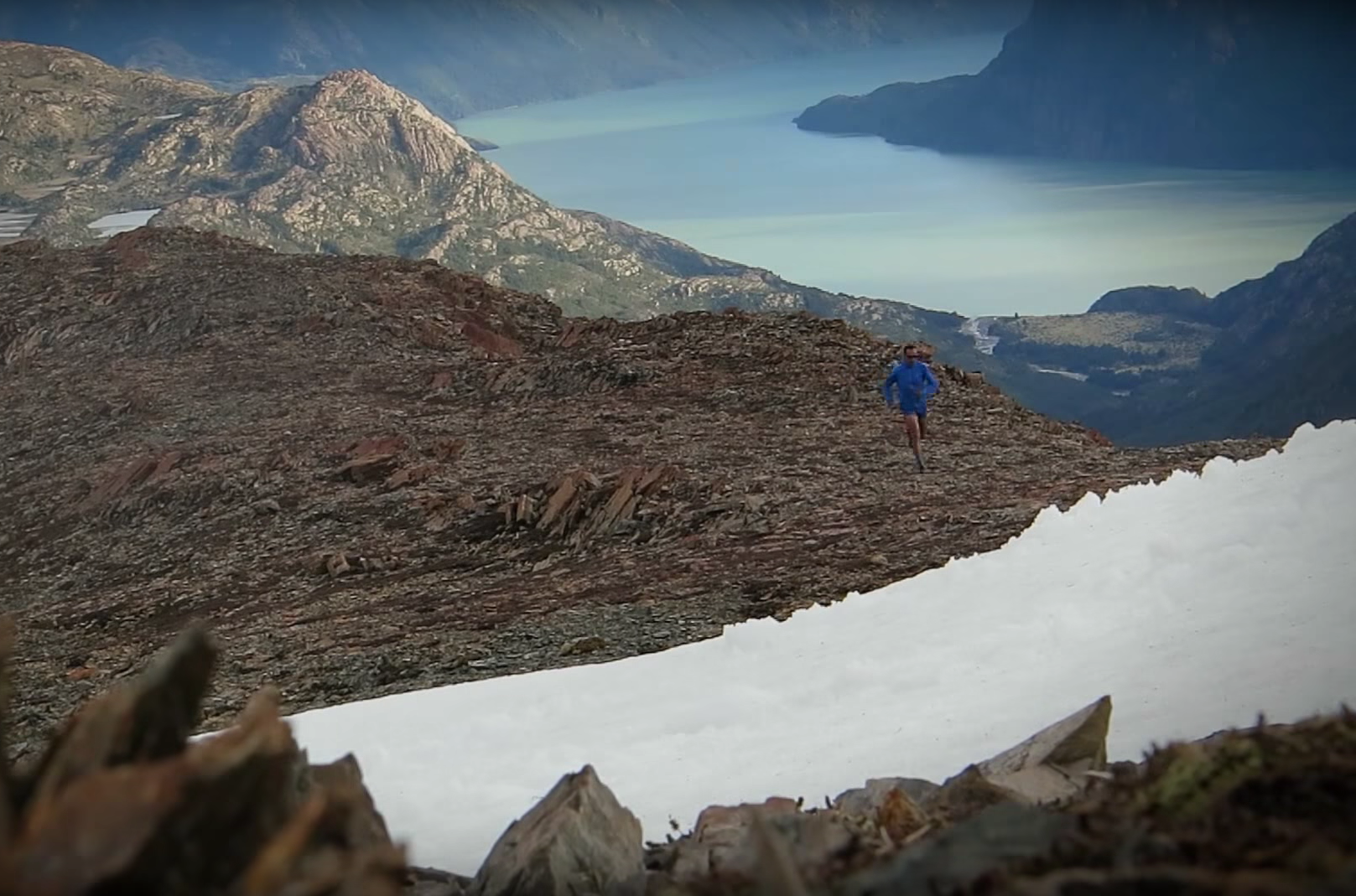Racer dies in Chilean ultra, Canadian gives first-hand account of race conditions
Unfortunately, amongst the major obstacles facing the runners this year, a few were of the unexpected and, according to many, of the unforgivable kind.


Story by Etienne Robert
The second edition UltraFiord proved to be worthy of its reputation as one of the world’s wildest races. From waist-height glacier river crossings and knee-deep mud to running through a high-wind snowstorm on an exposed summit, the race was a real treat for runners who revel in hard conditions. The competition was strong in every distance with over 650 runners from 35 different countries, including seven runners representing Canada.
Unfortunately, amongst the major obstacles facing the runners this year, a few were of the unexpected and, according to many, of the unforgivable kind.
This was to be a wild race for both the best and the worst reasons.
The courses of the 70K, 100K and 100-mile were all modified this year due to an extreme weather system in the mountains, crossing out the 1250-metre peak and its several kilometres of glacier travel. The new highest point was changed to 10 to 15 kilometres on an exposed 865-metre summit, with extreme winter conditions, snow, ice, high winds, slick technical terrain, loose rocks and glacier water streams. And that was only a part of the challenge. Throughout the race, runners had to navigate through some of the most beautiful landscapes in the world and were confronted with the array of obstacles that are so typical of Southern Patagonia: bogs, mud, ice, wind, hail and glacier water.
RELATED: Ultra-runner rescue brings discussion on trail safety
I, personally, crossed the last tree of the forest, heading into the extreme environment of the summit section, leading the 100K race and wearing at that point nothing but a pair of shorts and a long-sleeved synthetic shirt. I thought to myself: “Yes! Classic Canadian weather!” All my years of training in the harsh conditions of the Ottawa winter finally paid off. I felt confident and oddly at home in the cold. Nevertheless, the severity of the conditions quickly became a reality. I moved with much haste, sliding and falling many times. My legs were slowly starting to cramp from the cold, but my spirits were high.
The race lived up to its title of “one of the wildest in the world.” But on top of the extreme conditions, runners faced a different type of adversity.
Along the course of the 100K, the first half of which was later to be travelled by over 500 racers of the 50K, 70K, 100K and 100-mile, I found most of the aid-stations to be without food or water, some unmanned and some non-existent. Of the four ‘punto de control’ and two aid-stations, on the high mountain pass, only two took my number. NOne of them had supplies available.
Twice I ran past a group of tents on the mountain and when I called to them, a head would poke out and say only “Suerte!” Good luck. I would need it. The entire 100K course was equipped with only four of the eight promised aid stations which offered just a few cold food items and water. At one point, I even came across volunteers that were hiking in the supplies for an aid station. Somewhere around kilometre 30, I ran out of water and had to rely on rivers to drink and wash down my energy gels. With a fellow racer, I exchanged some gels for real food to calm my hunger. Conditions were far from ideal.
RELATED: Trail runner saves woman and child from river currents
One of the biggest controversies of this year’s event is the death of the Mexican runner, Arturo Martínez Rueda. At this point, it is uncertain as to how his death unfolded, but one thing is very clear: runners should not have been allowed on the mountain without a race authority’s approval, and this approval should only have been granted after having checked that runners had all the mandatory equipment and were in good mental and physical condition to continue. More than 500 runners were sent off into the extreme mountain conditions receiving, instead of cautionary advice, a confused look or a quick encouraging “Suerte!”
As a race organizer, you can require competitors to be self-supported between aid-stations, but you cannot rely on them to be. You must be ready to disqualify runners if their behaviour is unsafe or their reasoning unsound.
The UltraFiord remained an incredible international event, with extremely challenging conditions and strong competitors. A certain level of risk will always be present in ultramarathons such as the UltraFiord. These sorts of events boast about giving people a true experience in the wildest of conditions. With the limited amount of information available concerning what led things to go wrong, it remains difficult to ascertain where the bulk of the responsibility lies in this care. After many conversations with fellow racers, I would say at the very least that there was a serious lack of communication with regards to the amplitude of the challenge and the risk that it entailed.
RELATED: Racer died at Ultra Fiord 100-Mile Race in Patagonia


